Short, transactional sales cycles
Closed Won Commission
This is a great plan for short, transactional sales. Not you? Find another structure that’s better suited for longer cycles.

When to use this plan?
Why use a Closed Won Commission plan?
Promotes qualified leads
Customize the SDR Closed Won Commission Plan
Like this plan? Sign up for QuotaPath for free to add your business inputs and adjust the variables.
Forecast earnings & plan performance
See potential earnings based on your inputs and goal attainment progress.
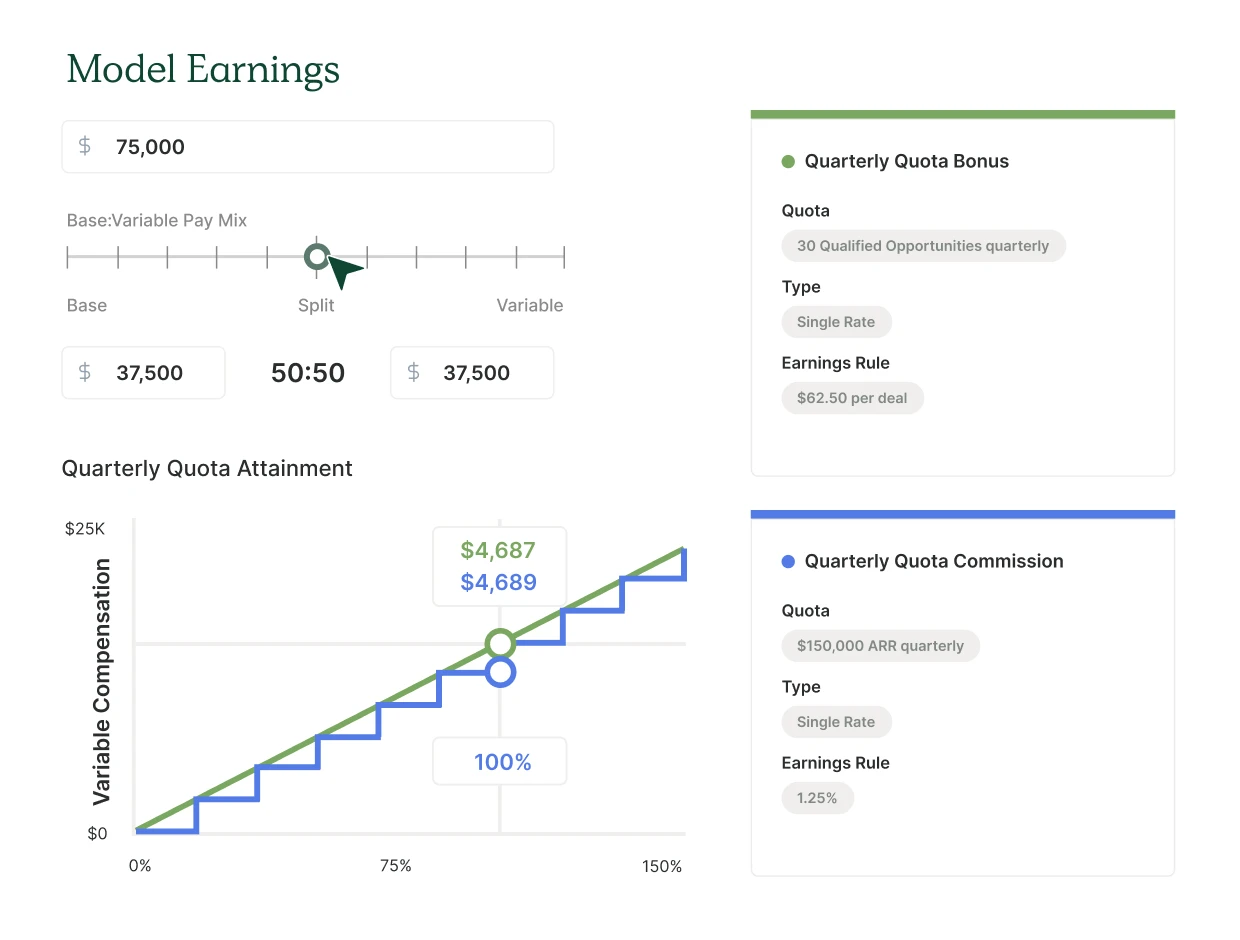
Calculate your Quota:OTE ratio & Sales Funnel
Quickly assess how realistic, attainable, and healthy your OTE to quota ratio is. And, calculate the number of activities needed.
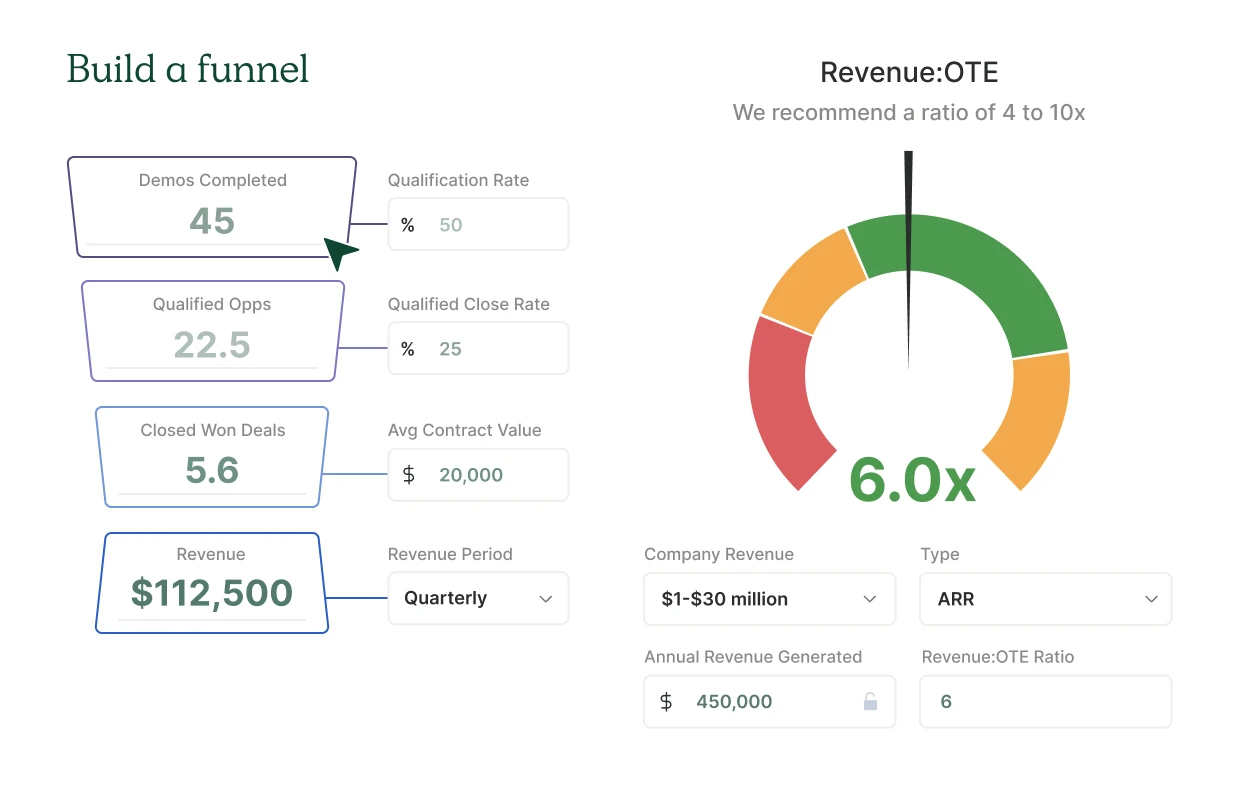
Streamline plan management
Assign the plan to your team and automate sales commission calculations. Be confident your team is being paid fairly and accurately.
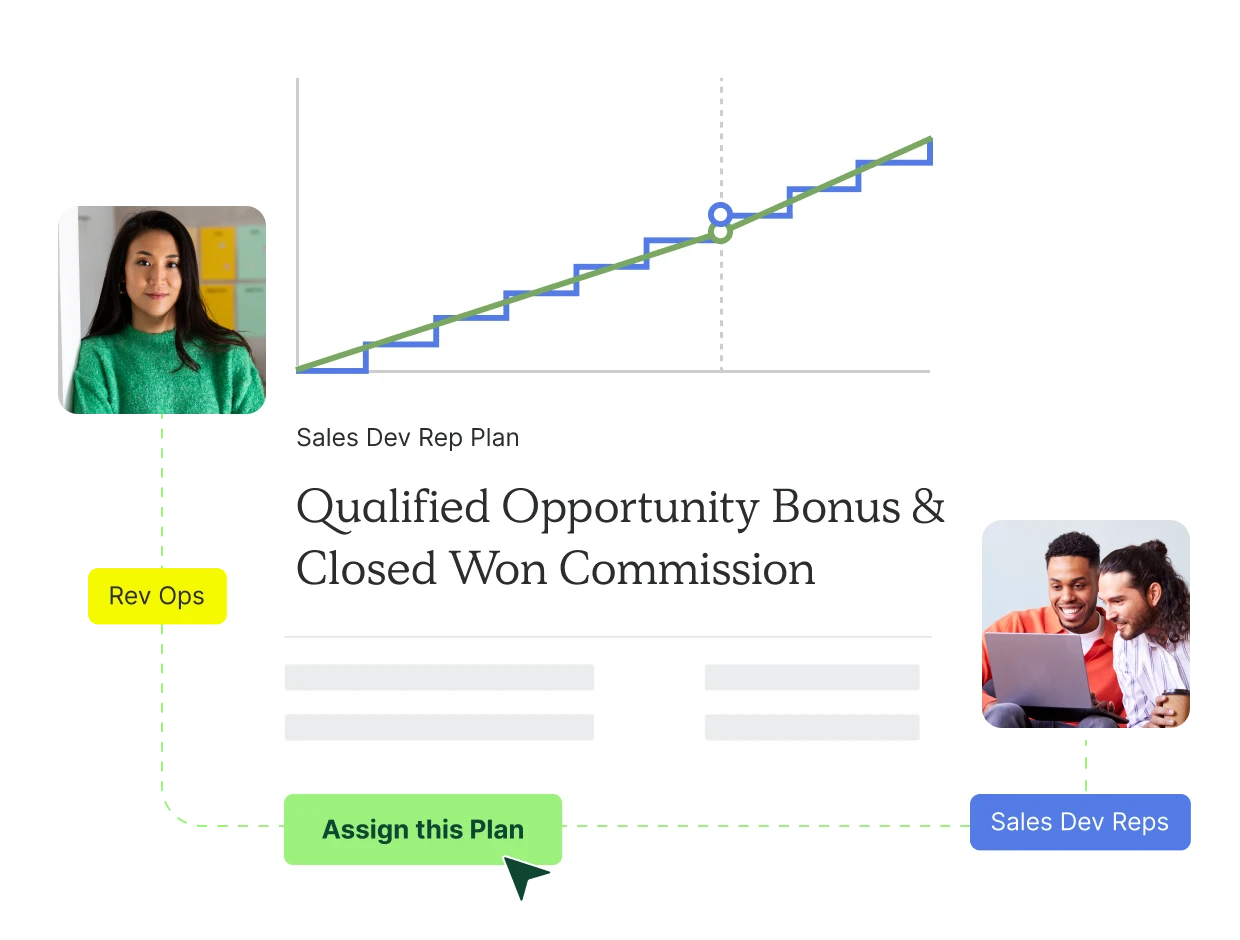
How to adjust this compensation plan template
To customize this plan, you will adjust these 10 variables.
On-Target Earnings (OTE)
OTE combines base salary with variable pay and represents
the total amount of money your reps can expect to earn if they hit 100% of their goals.
Pay Mix
Refers to the percentage of a salesperson’s total compensation, made up of base salary, commission, and other incentives. The most common pay mix in SaaS for SDRs is 68% base and 32% variable pay.
Company Revenue
Revenue is the total amount of income that a company generates from its primary operations. In SaaS, annual recurring revenue is one of the most important metrics.
Annual Revenue Generated
This is the annual goal for how much revenue the company generates based on the leads created from the SDR.
Revenue:OTE Ratio
This ratio calculates the multiplier increase between an SDR’s OTE and the amount of revenue the company generates based on the leads the SDR creates. The most common multiplier in SaaS is revenue 8x that of the OTE, but this will vary based on size and stage of the company.
Demos Completed
Demos Completed plans reward reps for scheduling demos that actually occur.
Qualified Opps
A “qualified opportunity” classifies as any lead the SDR creates that meets specific criteria or parameters so that reps pass along quality leads to their AE counterparts.
Closed/Won Deals
These represent any deal that an AE goes on to close that originated from an SDR-sourced lead.
Average Contract Value
Often abbreviated to ACV, this number represents the average deal size that your company sells.
Revenue Period
Your revenue period sets the frequency at which your SDR team’s revenue goal resets. In SaaS, the most common revenue period is quarterly. However, this number will vary based on your sales cycle.
Frequently asked questions
When is this plan a good option?
All SDR compensation plans require the balancing of two things, SDR control of the outcomes and benefit to the company. In this plan, there is clearly a high benefit to the company: revenue. However, because the SDR isn’t the one closing the deals, they may feel they lack control over the outcome and thereby their compensation. This plan works well if you have a short sales cycle (90 days max, ideally less than 45 days) and/or your SDRs are heavily involved throughout the sales cycle.
What’s a good commission rate for this SDR comp plan?
We most commonly see commission rates for SDR comp plans between 0.5 and 4%.
What’s the difference between sales commissions and bonuses?
Sales commissions differ from bonuses in that bonuses reward a set dollar amount that doesn’t change. Commissions, on the other hand, consist of a percentage of the total revenue from a deal that changes usually based on the annual recurring revenue (ARR) or total contract value. For example, If a rep gets 2% of every deal closed, that’s commission. If a rep earns $100 for every qualified opportunity, that’s a single rate bonus!
What other SDR comp plans should I consider?
Other SDR comp plans include the Qualified Opportunity Bonus, which pays a rep a flat rate bonus for every qualified opportunity they give to the sales reps to close. You can also combine the Qualified Opportunity Bonus and Closed Won Commission to reward the rep with a set dollar amount on every newly opened opportunity and another amount upon the deal booking.
What’ about activity-based SDR comp plans?
Some companies will pay SDRs a bonus for hitting a specified amount of activities over the course of a week, month, or quarter. ‘Activities’ can mean anything from the number of deals made in a month to the number of meetings set or held. If you go that route, be sure to clearly define what constitutes an activity and set your plan accordingly. Ultimately, we think rewarding SDRs based on qualified opportunities and/or deals won is better in the long run for your business and the development of your reps versus activities-based plans.
What is a sales funnel?
A sales funnel depicts and tracks the customer journey from potential lead through the actual purchasing of the product. Every sales funnel includes a series of stages as defined by the organization with the goal to move the customer through each stage until they buy. You may hear and see the words TOFU, MOFU, and BOFU to indicate top of funnel, middle of funnel, and bottom of funnel. TOFU represents the least likely to close (yet) leads that may have downloaded your organization’s whitepaper. MOFU leads are deep in their research but are not ready yet to purchase. And, BOFU leads represent ready-to-buy, red-hot leads.
How do you analyze your sales funnel?
We built a free Sales Funnel calculator that your SDR and sales teams can use to calculate scenarios like how many meetings they should book in order to reach their quota. Use it to experiment with different close rates, average contract values, and activity numbers to see what’s right for your business, team, and individual goals.
Can QuotaPath support SDR plans?
Of course! Our commission tracking and sales compensation software can provide real-time analytics, insights, and forecasting for SDRs, sales reps, leadership, and finance. Native integrations mean the data is accurate and up-to-date without the need to wait for nightly refreshes or manual reloads.
Explore similar commission plans
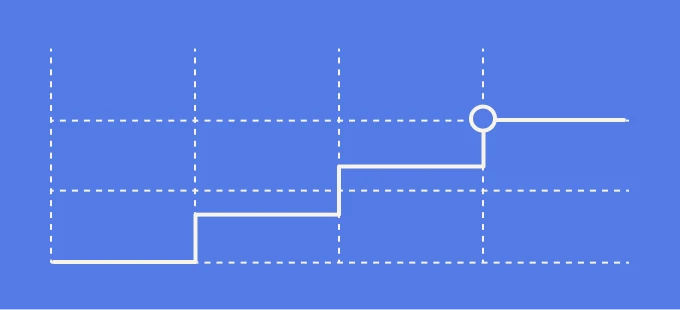
Qualified Opportunity Bonus
Use for long sales cycles and when you have a solid understsanding of what qualifies as an opportunity.
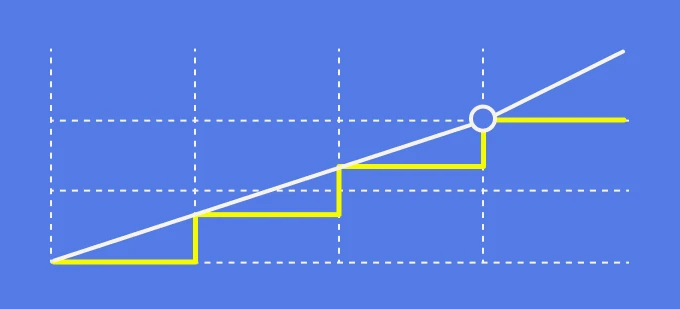
Qualified Opportunity Bonus & Close Won Commission
Our favorite SDR plan that spreads the payout across the sales funnel.
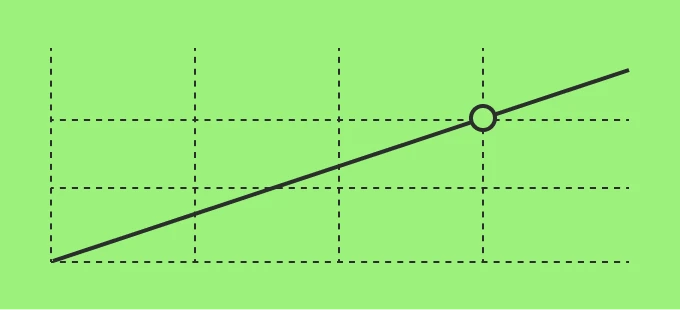
Single Rate Commission
This industry agnostic commission plan is simple, straightforward, and great for your first plan.
What industry leaders say
Manage compensation & track commissions with QuotaPath
Deliver visibility, automation, and seamlessness across the entire compensation process.